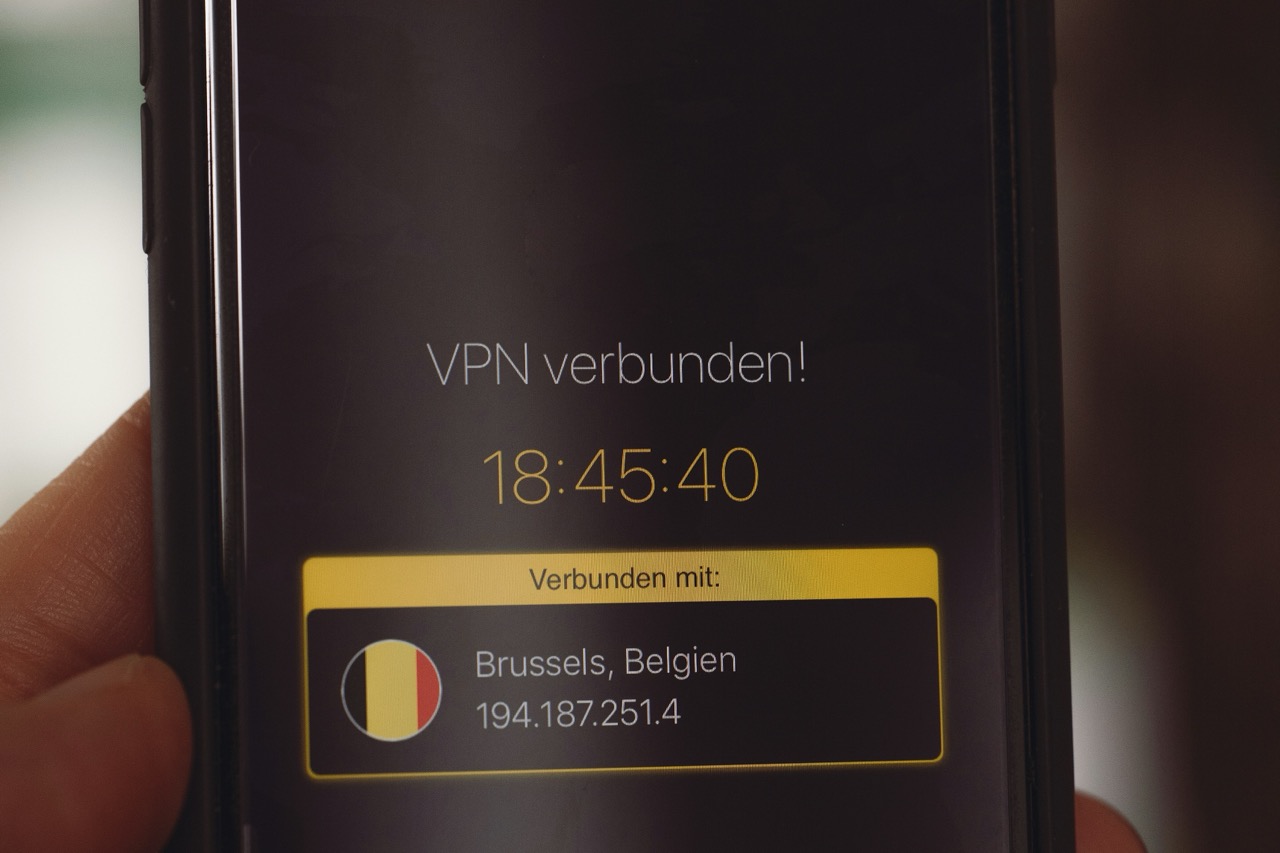In the world of virtual private networks (VPNs), split tunneling has emerged as a powerful feature that enhances user flexibility and security. Surfshark VPN, a leading player in the market, offers this functionality, allowing users to manage their data traffic efficiently. By enabling split tunneling, users can route specific applications or traffic through the VPN while allowing others to connect directly to the internet. This article will explore how to use Surfshark’s split tunneling feature effectively, including its configuration and best practices.
Understanding Split Tunneling in Surfshark VPN
Split tunneling is a method that permits users to choose which applications or internet traffic will be routed through the VPN tunnel and which will access the internet directly. This feature can help improve performance, as it reduces the amount of data processed by the VPN server, ultimately enhancing speed for non-sensitive activities. For instance, users can stream content on a local service while securely accessing sensitive applications like banking or corporate software.
In Surfshark, split tunneling is designed to give users greater control over their online activities. This means that users do not have to route all their internet traffic through the VPN, which can sometimes lead to slower speeds. Instead, users can specify which apps need the added security and privacy of the VPN, ensuring that less critical data does not consume unnecessary bandwidth. This functionality is particularly beneficial for users who wish to access geo-restricted content while maintaining performance for local applications.
Moreover, split tunneling can also contribute to enhanced security. By allowing certain applications to bypass the VPN, users can connect to their home network or other trusted networks without exposing all their internet traffic. This can be especially useful for device management, IoT applications, or any service where the user needs to maintain a constant connection to local services while still using a VPN for other activities.
Step-by-Step Guide to Enable Split Tunneling
Enabling split tunneling in Surfshark is a straightforward process that begins with launching the Surfshark application on your device. Once the application is open, navigate to the settings menu, which can usually be found in the top right corner of the interface. Within the settings menu, look for the "Split Tunneling" option. This feature may be located under a dedicated tab or within a broader privacy or connection settings section, depending on the version of the app.
After locating the split tunneling feature, you will find an option to enable it. Toggle the switch to activate split tunneling. Once activated, the application will prompt you to select which apps you want to include in the split tunneling configuration. You can add applications by selecting them from a list or by browsing your device to find the specific application executable files. Make sure to save your configuration once you have made your selections, as this will apply the changes to your current VPN session.
It is essential to test your settings after enabling split tunneling. Launch the applications you included in the configuration and check that they operate correctly with and without the VPN. Additionally, perform a quick IP address check to confirm that the selected apps are routing traffic as intended while other applications are accessing the internet directly. This step will ensure that the split tunneling feature is functioning optimally for your needs.
Configuring Applications for Split Tunneling Usage
Once split tunneling is enabled, configuring individual applications is key to maximizing the feature’s benefits. In the Surfshark app, you may choose to add applications that require a secure connection, such as web browsers, email clients, or specific online services like banking apps. Conversely, applications that do not require the added security layer, such as streaming services or local network services, can be excluded from the VPN tunnel. This selective routing allows for improved performance for non-sensitive tasks.
When configuring applications, it is important to consider the nature of the data being transmitted. High-bandwidth applications like video streaming or online gaming may not need the added encryption provided by a VPN and can benefit from a direct internet connection. In contrast, applications involved in sensitive transactions, such as financial software or corporate tools, should always be routed through the VPN to ensure data privacy and security.
Furthermore, users should also pay attention to the geographical locations of the servers they connect to. For instance, if you are using a streaming service that is only available in certain regions, you may need to configure your streaming app to use the VPN while accessing the service. On the other hand, if you want to access local content, keep the application out of the VPN tunnel. By thoughtfully configuring your applications, you can strike a balance between security and performance tailored to your specific needs.
Best Practices for Optimal Split Tunneling Performance
To ensure the best performance while using split tunneling in Surfshark, users should regularly review and adjust their configurations based on changing needs. As applications update and new services become available, it may be necessary to reevaluate which applications should be routed through the VPN. Regular adjustments will help maintain optimal speeds and security levels across all your internet activities.
Another best practice is to monitor the performance of both the VPN and the applications involved in split tunneling. Users should pay attention to connection speeds, latency, and overall responsiveness. If any performance issues arise, consider reconfiguring the split tunneling settings, such as changing which applications are included or excluded from the VPN. This observation can help identify bottlenecks and optimize performance over time.
Lastly, it is advisable to keep the Surfshark application updated to the latest version, as updates may introduce enhancements or refinements to the split tunneling feature. Additionally, users should familiarize themselves with the privacy policies and terms of service relevant to the applications they are routing through the VPN. By adhering to these best practices, users can ensure that they are getting the most out of Surfshark’s split tunneling feature while maintaining a secure and efficient online experience.
In conclusion, Surfshark’s split tunneling feature offers a significant advantage for users looking to balance performance with security. By understanding how to enable and configure split tunneling, users can direct their internet traffic in a manner that suits their needs, allowing for both seamless access to local services and enhanced protection for sensitive applications. With the right configurations and best practices, users can leverage this feature to optimize their online experience, making Surfshark a versatile tool in the ever-evolving digital landscape.










